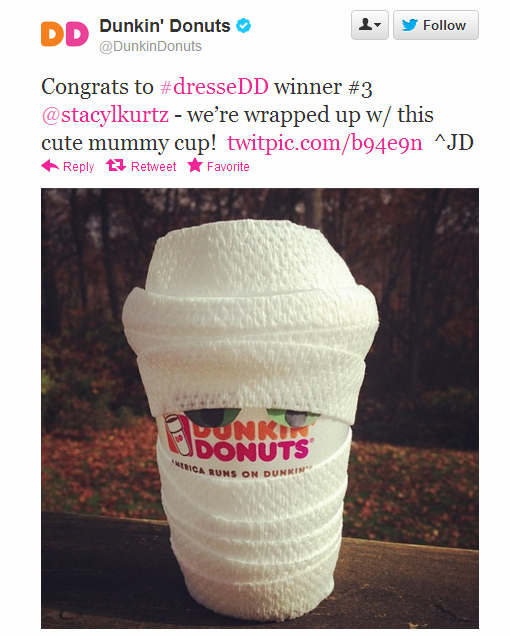It should come as little surprise that Halloween ranked as one of the most popular discussion topics on the web Wednesday morning. The annual celebration of all things scary – and a little goofy – adds some levity during another busy work week.

For brands using content marketing, Halloween, like other trending topics, provides an opportunity to appeal to readers with a blog post, infographic or other piece of content that relates the pseudo-holiday to a company’s industry, products or services. The popularity of the event speaks for itself, as “Happy Halloween” and “Halloween” ranked as the first and fourth most popular web topics, according to Google Trends. On the social web, “Happy Halloween” and “#trickortreat” were both among Twitter’s trending topics within the United States. The terms performed similarly well even on a global scale.
It’s important, however, that content related to trending topics stay in line with a brand’s overall message. Articles and other marketing material can’t veer too far from the point just to give a site an SEO lift. One web security provider offers an example of high-quality content marketing related to Halloween with its post on “The Six Most Evil Fishing Scams.” In a completely separate field, a personal trainer shows how seasonal content is done with a post promoting “The 15-Minute Yoga Routine to Beat your Halloween Candy Binge.”
Social media marketing can receive a similar seasonal lift. Mobile Marketer recently highlighted a Dunkin Donuts marketing campaign that used Halloween’s popularity to get Twitter and Instagram users involved with the company’s new mobile payment app, while also winning some user-generated content. The company asked customers to decorate coffee cups in Halloween costumes and share the images on Twitter and Instagram with the hashtag “dressDD.” The most creative designs received a free $100 mobile gift card. The campaign successfully leverages the brand’s existing popularity, along with social’s power and general consumer interest in mobile payments.
In general, holiday-themed marketing strategies can be difficult to pull off successfully. However, finding a tie between a brand and the day’s festivities tells prospects and customers that a company has some personality behind its products.



